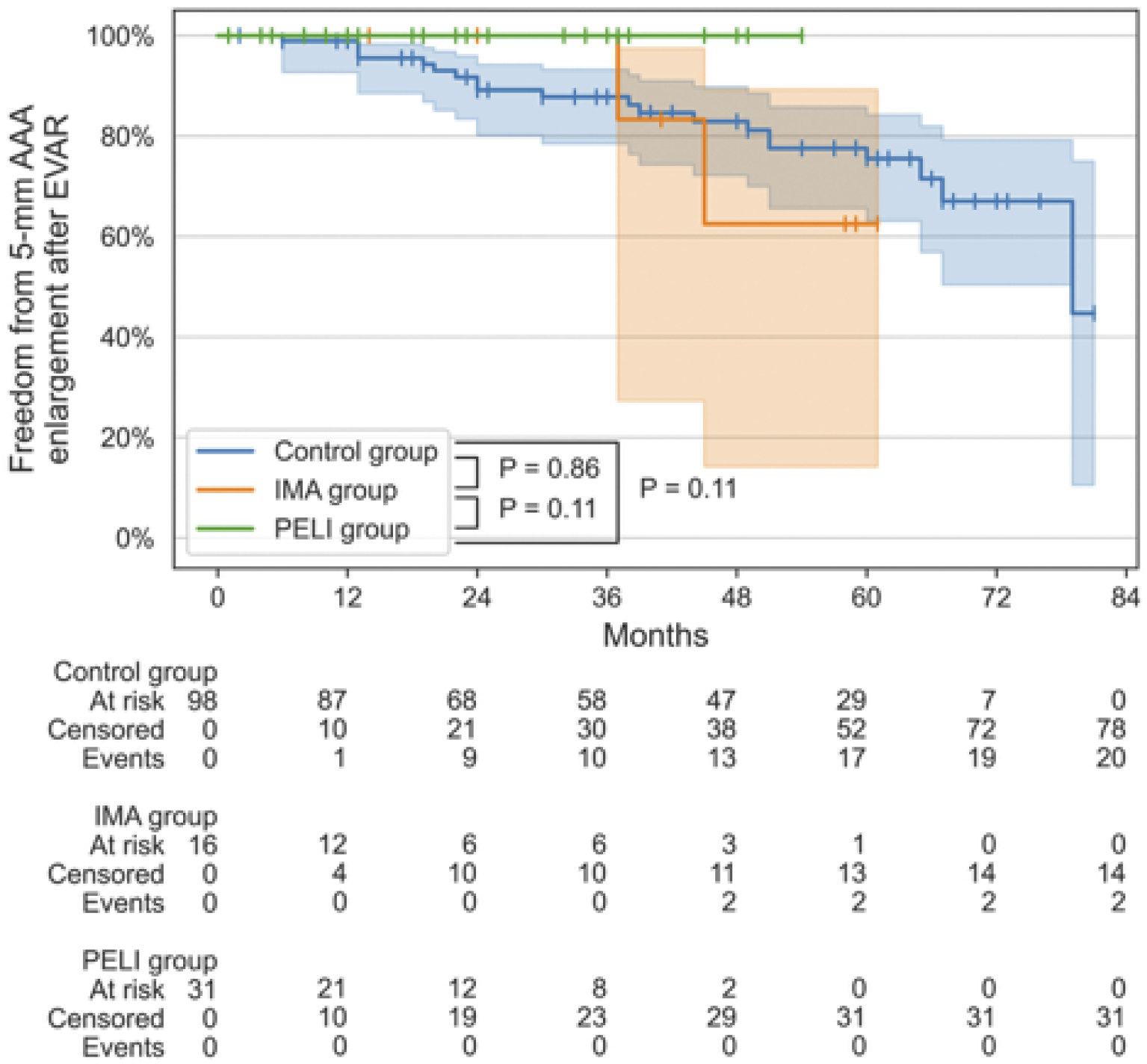8 0 0 0 OA Stair-Climbing Training System Using Visual VR Display for Total Knee Arthroplasty Patients
- 著者
- Yuichi Kurita Takumi Okumura Ryota Imai Tomohiko Nishigami So Tanaka Takanori Taniguchi
- 出版者
- Fuji Technology Press Ltd.
- 雑誌
- Journal of Robotics and Mechatronics (ISSN:09153942)
- 巻号頁・発行日
- vol.35, no.3, pp.612-621, 2023-06-20 (Released:2023-06-20)
- 参考文献数
- 31
Total knee arthroplasty (TKA) is the primary treatment for knee osteoarthritis. However, TKA is highly likely to result in prolonged chronic postoperative pain. The one-foot-one-step walking style is likely to induce fear of movement because of pain, leading to catastrophic thinking about the actual activity and consequently limiting movement. The aim of this study is to develop a system to induce the sensation of stair climbing through the interaction of the visual and kinesthetic senses. By controlling the amount of movement of the foot and the point of view in virtual space, the system can present a visual image of stair climbing even when the patient steps in a fixed position. This system enables easy motor imagery intervention even for early postoperative patients who have difficulty with the actual stair climbing movement. The clinical intervention experiment confirmed that the smoothness of the knee joint motion during descent was improved by intervening with motor imagery during stair ascent and descent for TKA patients.
- 著者
- Hirotsugu Nakai Shinichi Iwakoshi Shinya Takimoto Takanori Taniguchi
- 出版者
- Japanese Society of Interventional Radiology
- 雑誌
- Interventional Radiology (ISSN:24320935)
- 巻号頁・発行日
- vol.8, no.3, pp.146-153, 2023-11-01 (Released:2023-11-01)
- 参考文献数
- 20
Purpose: This study aims to evaluate the efficacy of preemptive embolization (PE) of the lumbar arteries (LAs) and inferior mesenteric artery (IMA) (PELI) for preventing abdominal aortic aneurysm (AAA) enlargement associated with type 2 endoleak (T2EL).Material and Methods: Patients who underwent endovascular aneurysm repair (EVAR) between January 2015 and December 2020 were classified into the control (without PE), IMA (PE of a patent IMA with a diameter ≥2.5 mm), and PELI (PE of patent LAs with a diameter ≥2 mm and IMA) groups. The rate of freedom from AAA enlargement following EVAR (enlargement ≥5 mm from pre-EVAR) was compared using the log-rank test. The prevalence of T2EL at 6 months and 1 year after EVAR was compared using Fisher's exact test.Results: The cumulative rates of freedom from AAA enlargement at 54 months after EVAR (maximum observational period in the PELI group) were as follows: control group, 77.5%; IMA group, 62.5%; and PELI group, 100%. The mean CT follow-up periods of the control, IMA, and PELI groups were 46.4 ± 22.3, 31.1 ± 20.6, and 22.9 ± 15.5 months, respectively. None of the 31 patients in the PELI group experienced AAA enlargement after EVAR, whereas 2 out of the 16 patients in the IMA group and 20 out of the 98 patients in the control group had AAA enlargement. No significant differences were observed in the rate of freedom from AAA enlargement (PELI group vs. IMA group, P = 0.11; PELI group vs. control group, P = 0.11). The prevalence of T2EL was significantly lower in the PELI group than in the control group at 6 months (13.6% in PELI group vs. 42.1% in control group, P = 0.02) and 1 year (14.3% in PELI group vs. 40.0% in control group, P = 0.04).Conclusions: PELI was significantly associated with a low prevalence of T2EL and may prevent T2EL-associated AAA enlargement.
